WWI Soldier Laid to Rest 109 Years Later, His Remains Identified by a Brooch
More than a century has passed before a First World War soldier was able to be identified, brought home, and laid to rest in his homeland.
That previously lost soldier has returned home and his grandchildren were able to find closure for their family in 2024.
A Lost Private
The identity of the formerly missing soldier was of Private David Gemmell. He served with the Black Watch (Royal Highlanders).
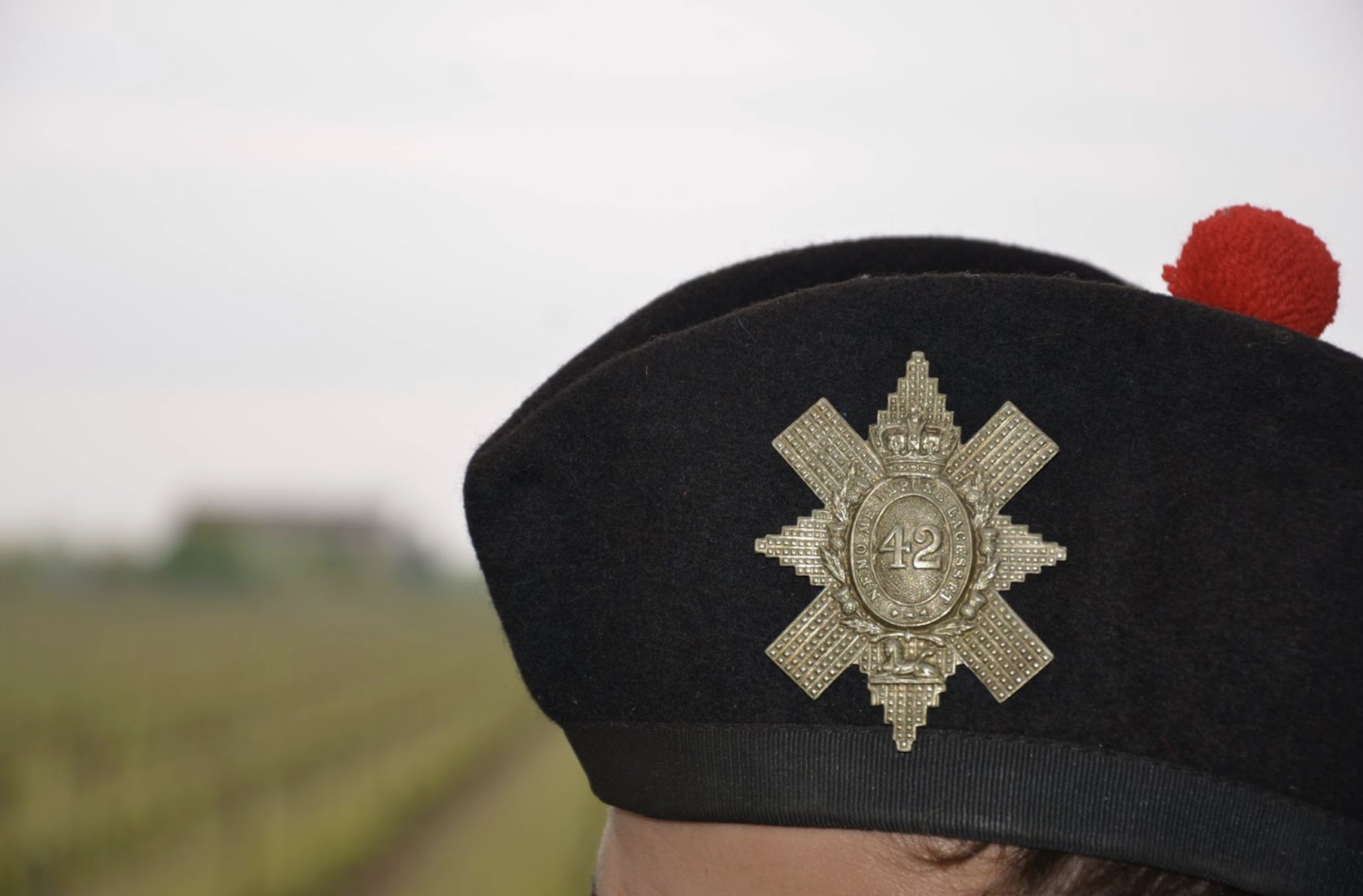
Source: The Black Watch (Royal Highland Regiment Reenactors Group)/Facebook
All this time, he had been buried with full military honors in France. Meanwhile, in 2019, a farmer in Cuinchy in the north of France, discovered the bodies of two unknown soldiers while plowing his field.
Tartan and Brooch as Identifiers
The soldiers were identified through pieces of tartan in their uniform. A thistle brooch also contributed to the identification.

Source: Henrik Hjortshøj/Unsplash
These items confirmed that the casualties were British. The tartan and the brooch indicated they belonged to a Scottish regiment. British soldiers were known to occupy the area from January 25 to February 6, 1915.
Confirmed by Spoon With Service Number
But it was a spoon that confirmed the identity of the soldier and significantly boosted the search. To be precise, a spoon bearing a service number.
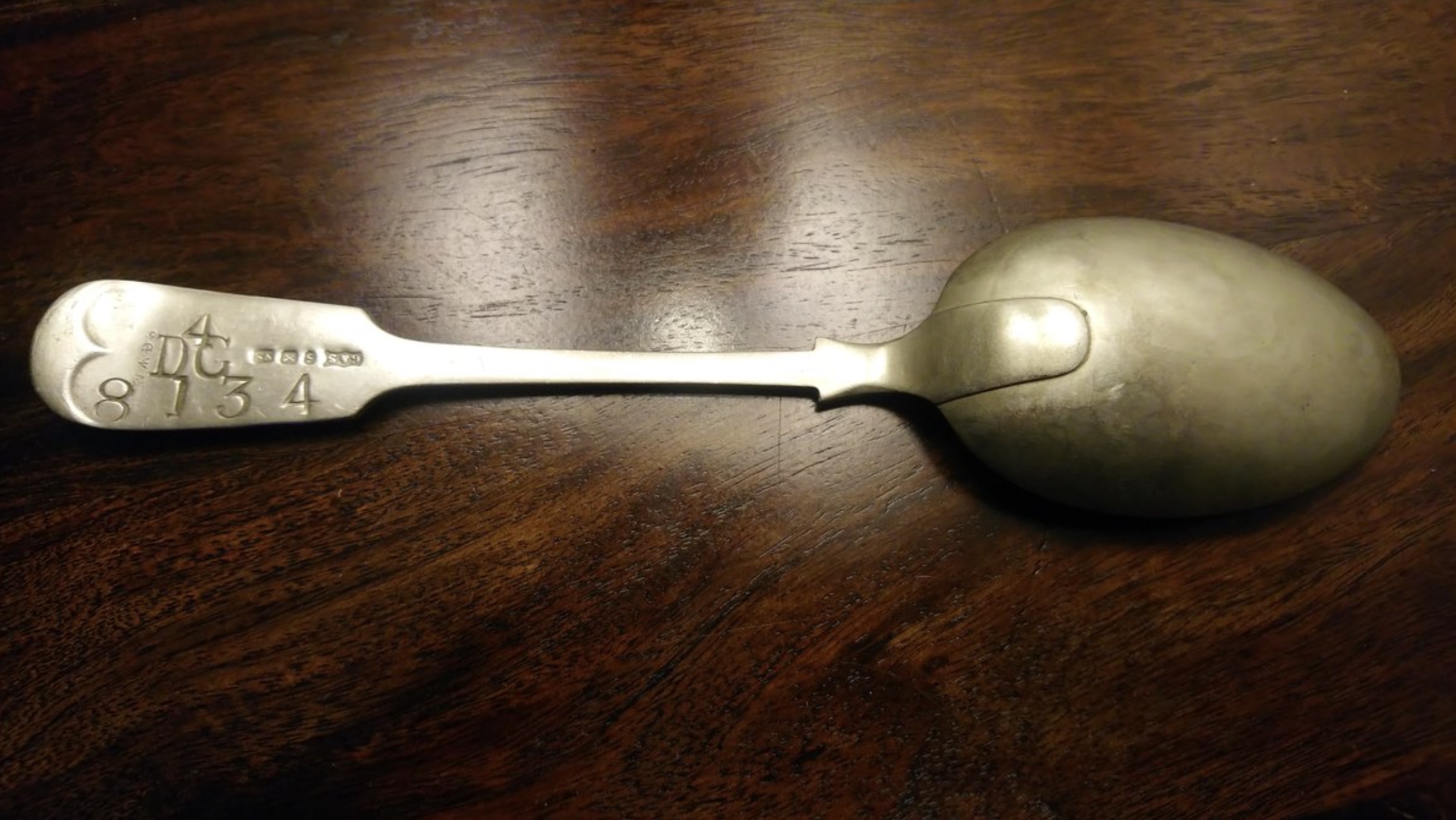
Source: Guest/Great War Forum
That, coupled with DNA testing, ascertained that one of the bodies belonged to Private David Gemmell, aged 37, from Dundee.
A Combination of Factors
Normally, a spoon found near a casualty doesn’t necessarily mean they were the owner. One of the investigators, Tracey Bowers said, “The spoon with the service number 3800 narrowed down the list of candidates.”

Source: Sangharsh Lohakare/Unsplash
However, with the additional DNA testing, investigators were “able to confirm the identity of 3800 Private Gemmell, who was killed on January 25.”
MOD War Detectives Investigation
Bowers is part of the U.K.’s Ministry of Defence’s Joint Casualty and Compassionate Center (JCCC) that was involved in this investigation. Known as the “MOD war detectives,” they are a small group of personnel based at Imjin Barracks, Gloucester.
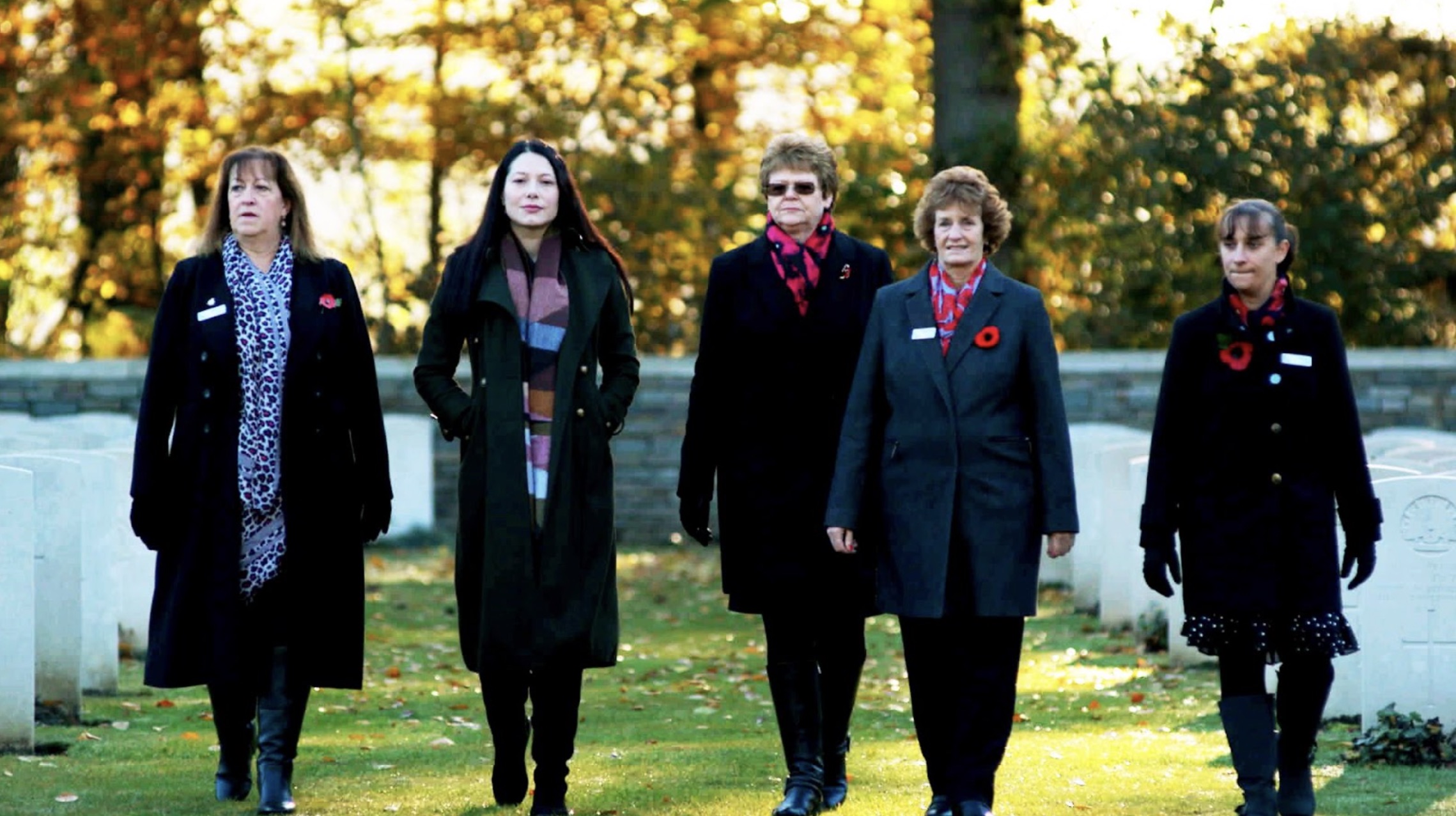
Source: MOD War Detectives/Facebook
Their main occupation is investigating remains of British Armed Forces personnel that have been discovered on historical battlefields all around the world. Most often, these remains are related to World War I and World War II.
Second Soldier Still Unidentified
The identity of the second soldier remains unidentified. But the search for his identity continues with military history research and further DNA tracing to trace his genealogy.
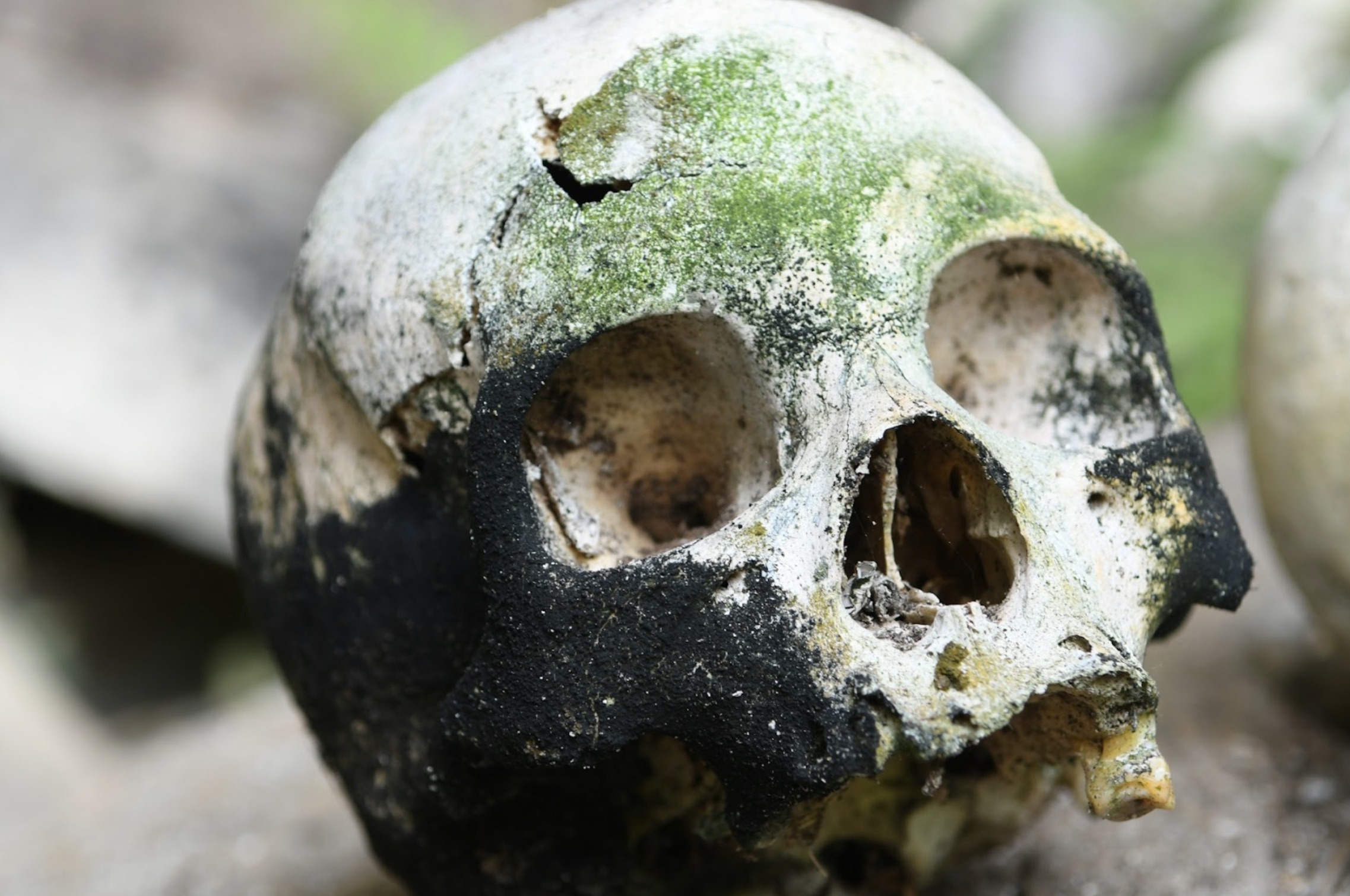
Source: jessica rigollot/Unsplash
Investigators believed that Gemmell and the other soldier were either sleeping in a dugout or holding the line where they were killed.
Gemmell Buried in a Proper Cemetery
Private Gemmell was later buried at one of the cemeteries belonging to the Commonwealth War Graves Commission located in Cuinchy. The precise location is at Woburn Abbey Cemetery.
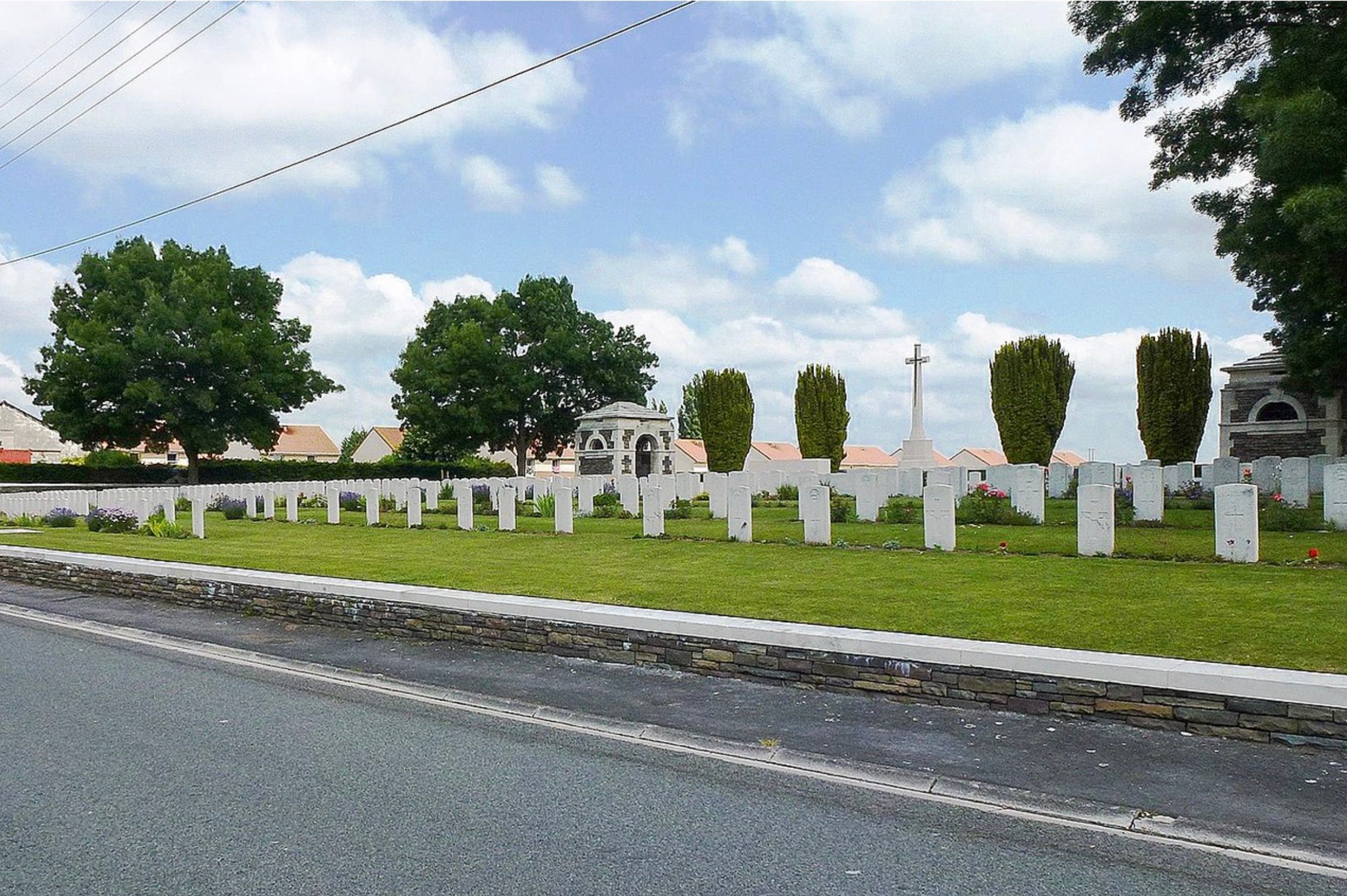
Source: Havang(nl)/Wikimedia Commons
The burial service was attended by representatives of the military and Gemmell’s descendants. The family said, “It is a privilege and honor to be here to see our grandfather and great-grandfather buried. A beautifully emotional occasion, we were here not just to remember Private Gemmell but the unknown soldier alongside him.”
Gratitude for the Investigators
“We would like to thank all those involved, in particular the regiment, JCCC and the local community,” the family continued.

Source: Danelleke13/X
Arranging funeral services with full military honors for lost and rediscovered soldiers fall under the purview of the JCCC. Their services are also open to the public and free to attend.
Revisiting History
Private Gemmell first enlisted in 1895 at the age of 17. His first service lasted for six years. Then, he worked in a mill until he reenlisted in September 1914, shortly after World War I first broke out.
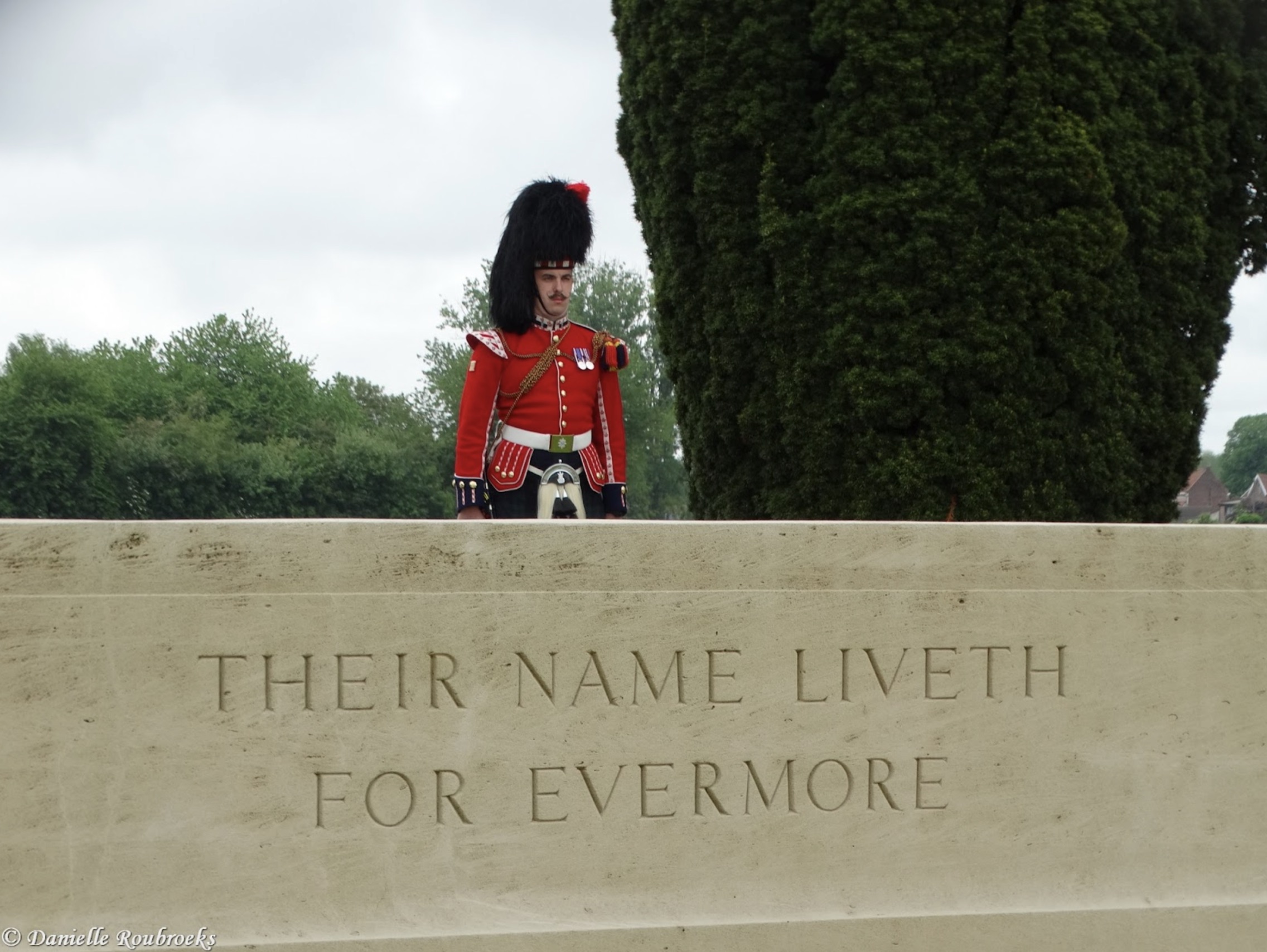
Source: Danelleke13/X
Upon his demise, his family published several heartfelt newspaper notices. Words from one of those notices were then used by his family as the personal inscription on his headstone.
May His Legacy Endure
The burial service for Private Gemmell was conducted by Rev. Geoffrey Berry, chaplain to the Black Watch. Xavier Puppinck, France area director of the CWGC, also stated his sentiments of “profound privilege” to stand at the burial as “Private David Valentine Gemmell is laid to rest.”

Source: Danelleke13/X
Puppinck continued, “His selfless sacrifice and unwavering service are forever etched in the annals of history and in the sacred stones of the Commonwealth War Graves, Woburn Abbey Cemetery. May his legacy endure under our unwavering care.”
Many Soldiers Still Missing
World War I is one of the deadliest wars in history. While World War II still holds the record for the highest number of casualties, World War I also had plenty of casualties for a war that lasted four years, three months and one week.
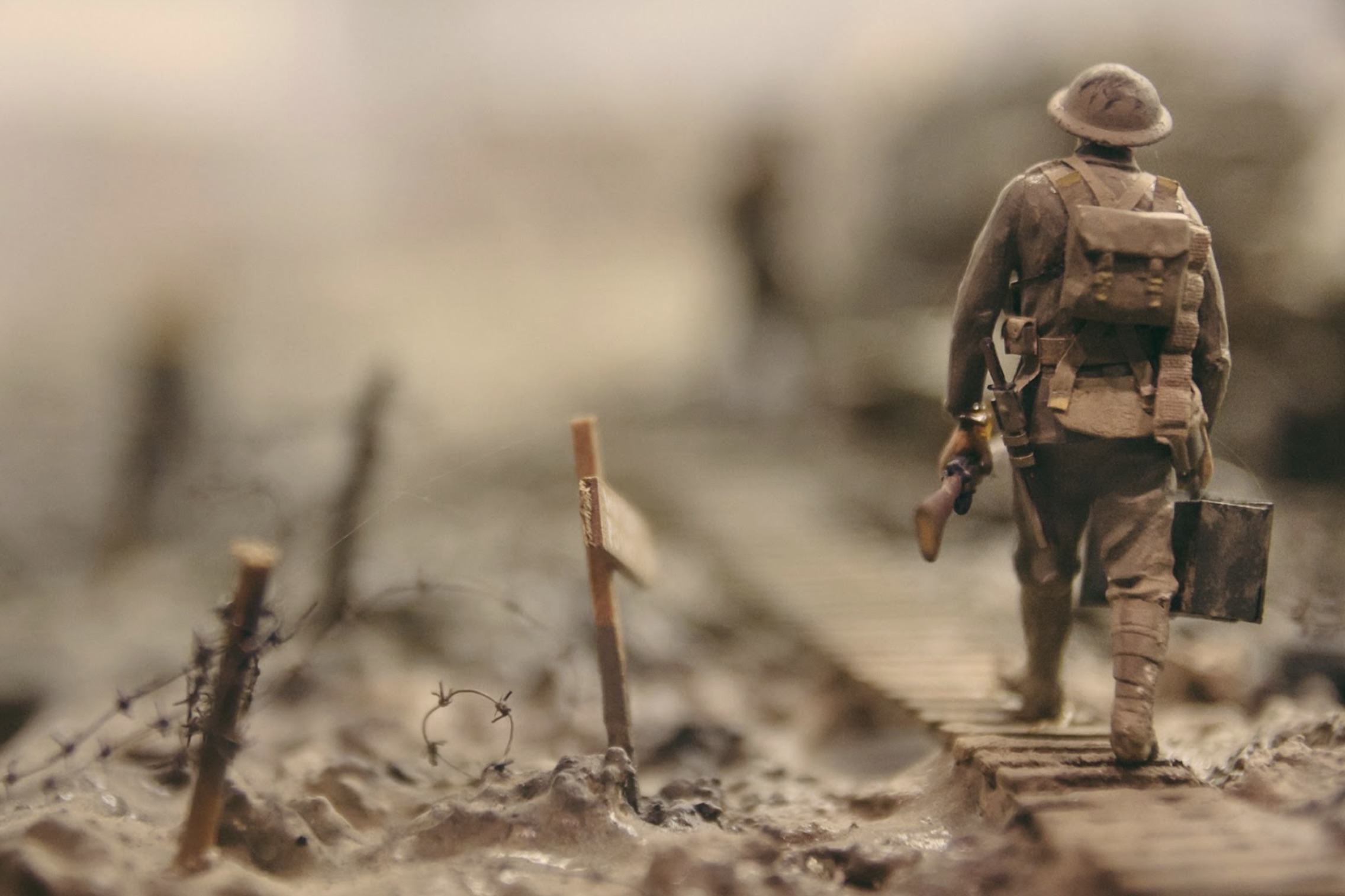
Source: Stijn Swinnen/Unsplash
From around World War I’s total deaths of 9.2-10 million deaths, approximately 4.8 million casualties are still considered missing in action. Not only British soldiers were M.I.A., but also American and Russian soldiers who were the British’s allies back then.
